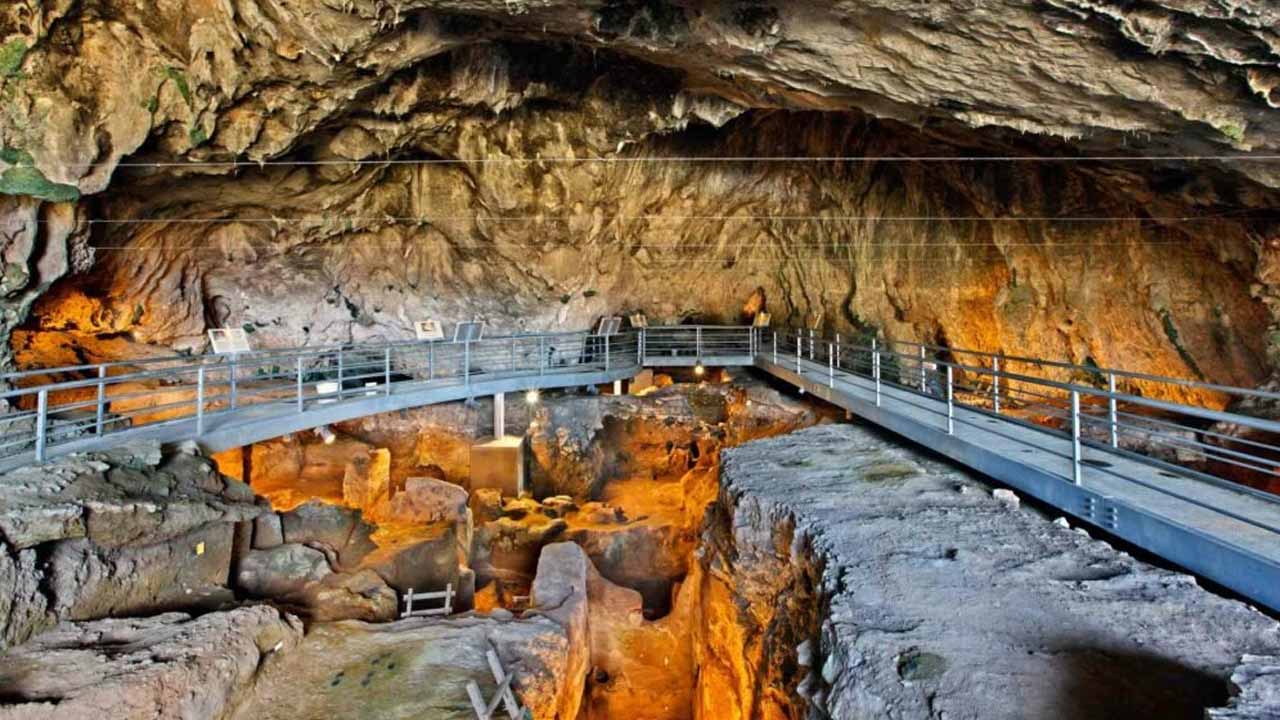The oldest human construction on Earth is believed to be found in the Theopetra Cave, located in the Meteora limestone rock formations of Thessaly, Central Greece.
The cave is said to have been inhabited as early as 130,000 years ago, with evidence of human habitation being traced from the Middle Paleolithic to the end of the Neolithic period.
Dr. Aikaterini Kyparissi-Apostolika, head of the Ephorate of Palaeoanthropology and Speleology of Greece’s Ministry of Culture and Sports, led the team of archaeologists who began excavations in Theopetra Cave in 1987. The team continued their research in the cave until 2007.
The cave covers an area of about 500 square meters (5,380 square feet) and is roughly quadrilateral in shape, with small niches on its periphery. It has a large entrance that allows a good deal of light to enter the interior.
Archaeologists discovered a stone wall that once partially closed off the entrance of the cave, which was dated to around 23,000 years old, making it the oldest known man-made structure in Greece and possibly in the world.
Theopetra Cave has revealed many significant finds, including hominid footprints imprinted onto the cave’s soft earthen floor, believed to have been made by several Neanderthal children aged between two and four years old.
Additionally, the remains of an 18-year-old woman who lived in Greece 7,000 years ago were discovered in the cave, and her face was reconstructed by scientists and displayed at the Acropolis Museum in Athens.
Overall, research in Theopetra Cave has provided archaeologists with a better understanding of the transition from the Paleolithic to the Neolithic way of life in mainland Greece, and has been instrumental in unlocking many mysteries of the past.












